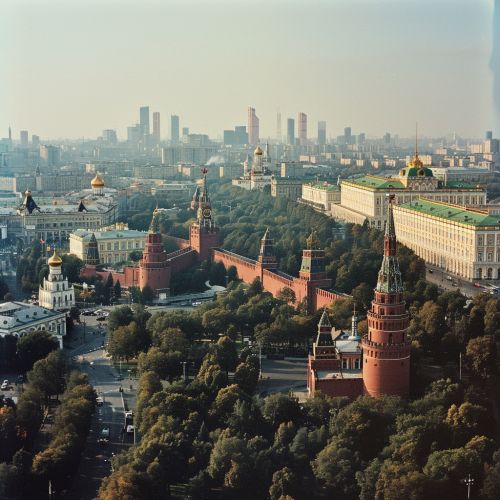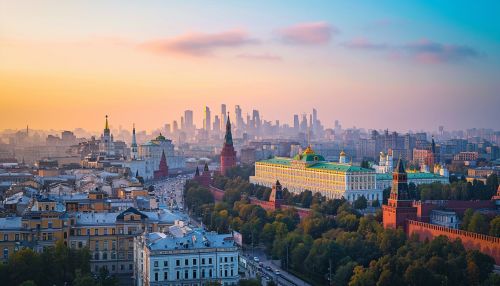Post-Soviet states
Historical Background
The term "Post-Soviet states" refers to the independent nations that emerged following the dissolution of the Soviet Union in 1991. The Soviet Union, officially known as the Union of Soviet Socialist Republics (USSR), was a federal socialist state in Northern Eurasia that existed from 1922 to 1991. It was a federation of 15 republics, with Moscow in the Russian SFSR as its capital.


The USSR was a one-party state governed by the Communist Party, with Moscow as its capital in its largest republic, the Russian SFSR. Other major urban centers were Leningrad (now Saint Petersburg), Kiev, Minsk, Tashkent, Alma-Ata (now Almaty), and Novosibirsk. It spanned over 10,000 kilometers (6,200 mi) east to west across 11 time zones and over 7,200 kilometers (4,500 mi) north to south. It had diverse multiethnic and multicultural features, with over 100 distinct ethnic groups, and its government aimed to ensure their loyalty by giving them representation in the country's governance.
Dissolution of the Soviet Union
The dissolution of the Soviet Union was a process of systemic disintegration within the political, economic, and social structures of the Soviet Union, which occurred in the late 1980s and early 1990s, resulting in the extinction of the Soviet federation, the de facto state of war, and the independence of the USSR's constituent republics. The process was caused by a variety of factors, including economic problems, ethnic tensions, and a lack of faith in the Soviet system by both the general public and the political elite.
The dissolution of the USSR was followed by a severe economic contraction and catastrophic fall in living standards in post-Soviet states including a rapid increase in poverty, crime, corruption, unemployment, homelessness, rates of disease, demographic losses, income inequality and the rise of an oligarchic class, along with decreases in calorie intake, life expectancy, adult literacy, and income.
Post-Soviet States
The post-Soviet states, also known as the former Soviet Union, the former Soviet Republics and in Russia as the near abroad (Russian: ближнее зарубежье, romanized: blizhneye zarubezhye), are the 15 independent states that emerged from the Union of Soviet Socialist Republics following its dissolution in December 1991. The three Baltic states: Estonia, Latvia, and Lithuania, chose not to participate in the Commonwealth of Independent States (CIS) along with Georgia, which joined in 1993 and withdrew in 2008.
The post-Soviet states are divided into the following five groups based on their geopolitical location and the economic and political reforms that they undertook after the dissolution of the Soviet Union:
1. Baltic states (Estonia, Latvia, Lithuania) 2. Eastern Europe (Belarus, Moldova, Ukraine) 3. Russia 4. South Caucasus (Armenia, Azerbaijan, Georgia) 5. Central Asia (Kazakhstan, Kyrgyzstan, Tajikistan, Turkmenistan, Uzbekistan)
Economic Transition
The economic transition that occurred in the post-Soviet states has been a subject of significant academic and practical interest. The shift from a command economy to a market economy proved to be difficult and was characterized by significant economic contraction. The process of marketization was relatively slow and uneven among the post-Soviet states, with Russia and the Central Asian republics experiencing the most difficulties.
Political Transition
The political transition in the post-Soviet states was marked by the transformation from a one-party system to a system where multiple parties could participate in the political process. This transition was not uniform, with some states adopting democratic processes more readily than others. The post-Soviet states also faced significant challenges in establishing stable political institutions and ensuring political freedoms.
Social Transition
The social transition in the post-Soviet states has been marked by significant changes in social structures and norms. This has included changes in gender roles, family structures, and social mobility. The transition has also been marked by significant social problems, including increased rates of poverty and inequality.
